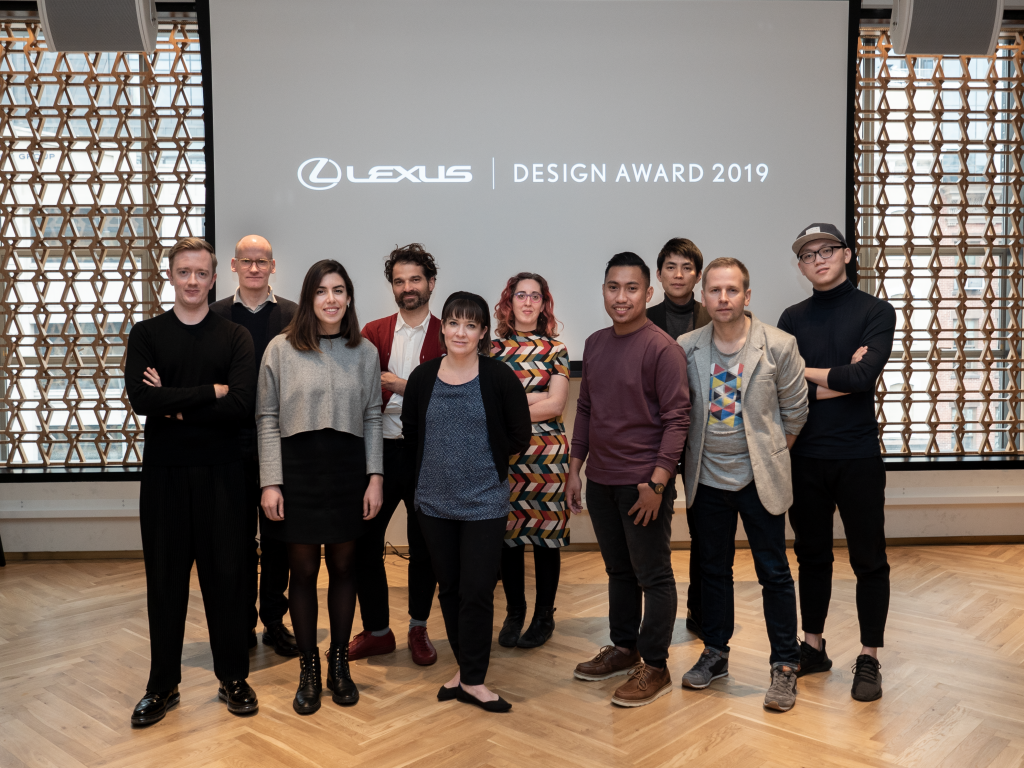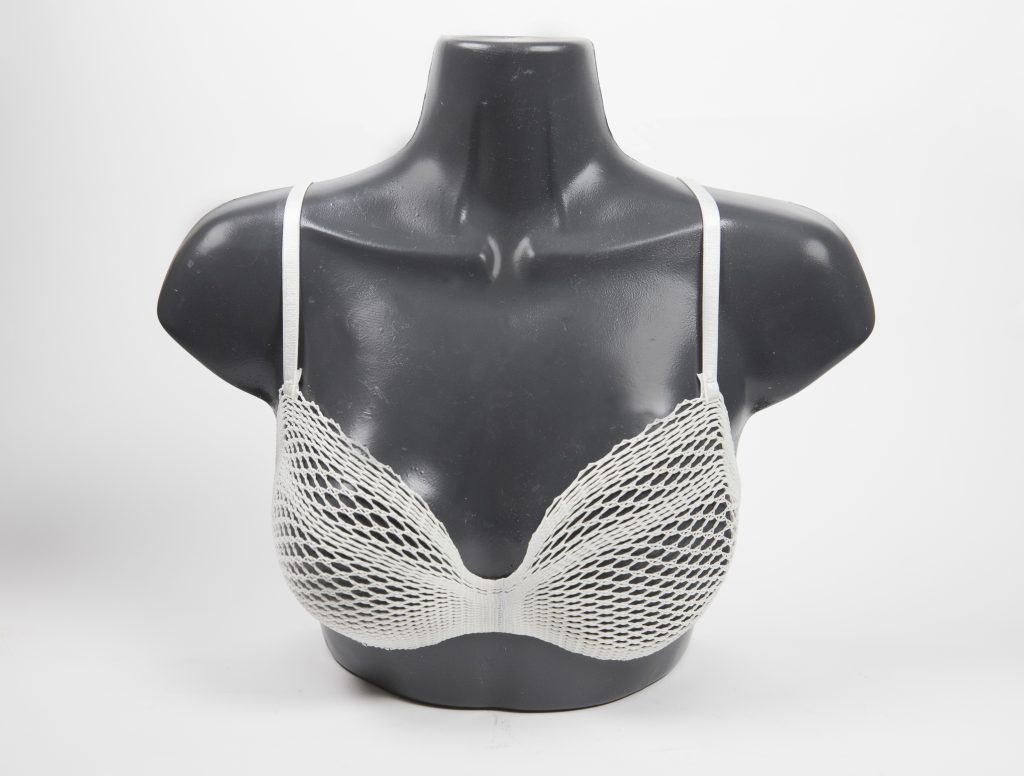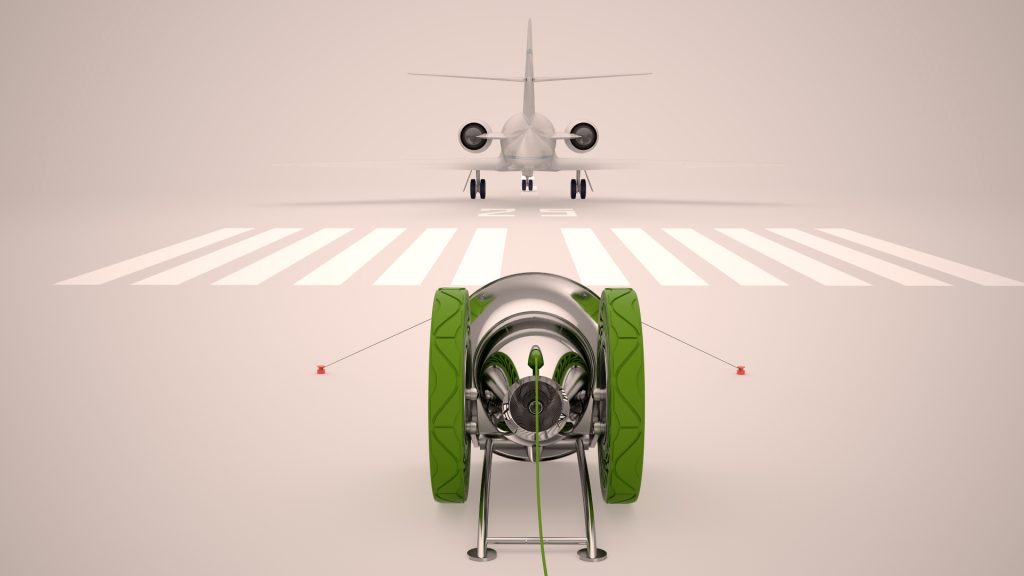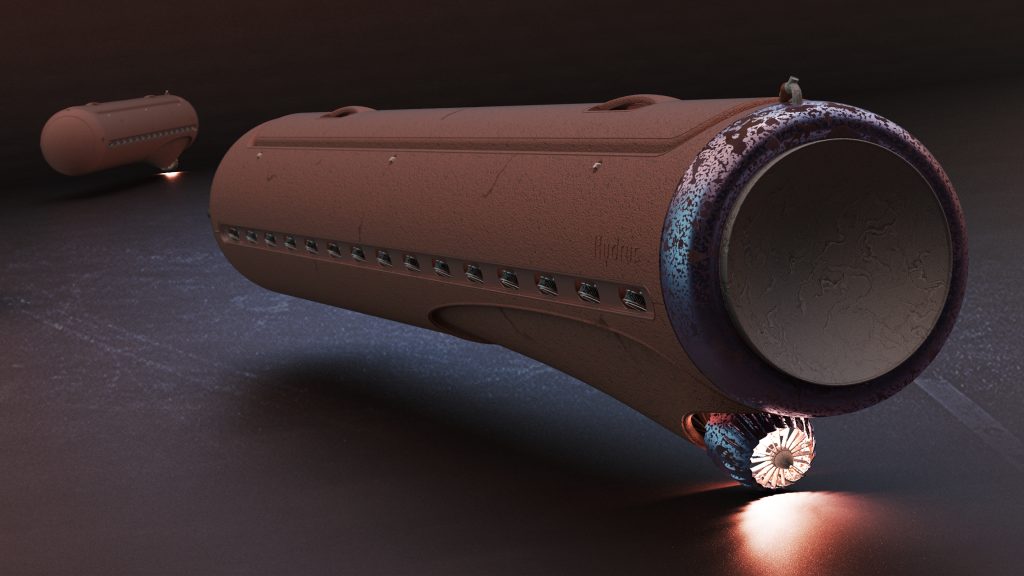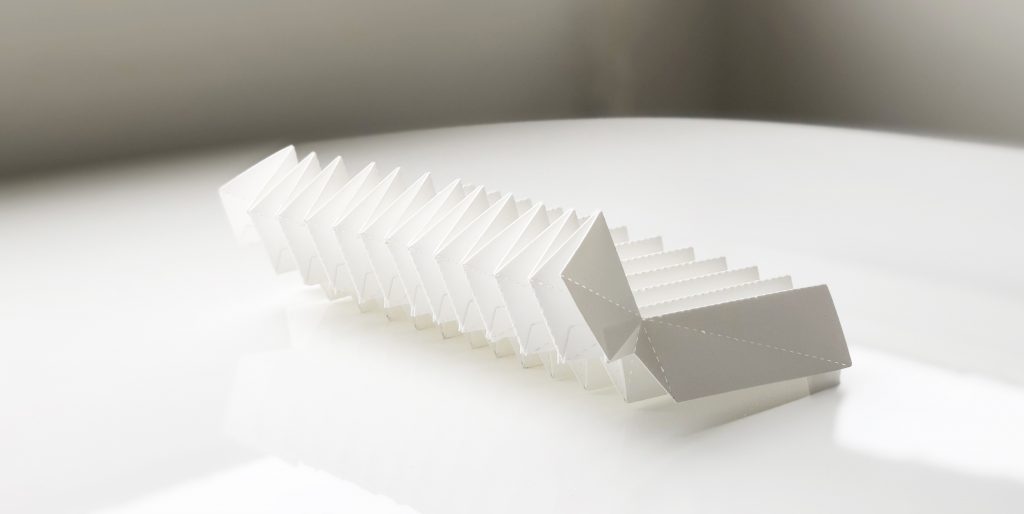2019 Lexus Design Award Finalists Announced
The six finalists in the 2019 Lexus Design Awards have been announced. Each finalist put forward new ideas that have the potential to change lives. The concepts selected by the judging panel look to address some of the world’s future challenges by making innovative and imaginative use of renewable energy sources and low-carbon and biodegradable materials.
The finalists, chosen from 1,548 worldwide entries, will now develop their concepts into prototype design, with support from Lexus.
They are: –
Arenophile, by Rezzan Hasoglu (Turkey, resident in UK), a project exploring how different binding materials can be used to create products from desert sand.
Alogrithmic Lace, by Lisa Marks (USA), a custom-made 3D lace bra for breast cancer survivors.
Baluto, by Jeffrey E. Dela Cruz (Philippines), a modular housing system designed to withstand earthquakes and floodwaters.
Green Blast Jet Energy, by Dmitriy Balashov (Russia), a turbine that collects aircraft jet blast during take-off and converts it into energy.
Hydrus, Shuzhan Yuan (China), emergency equipment for the treatment of offshore oil spills.
Solgami, Prevalent/Ben Berwick (Australia), a window blind that can generate electricity.
To prepare for making their prototypes, the finalists attended a Lexus-sponsored two-day workshop in New York City where they were given hands-on guidance from four mentors, the globally renowned creators Jessica Rosenkrantz, Shohei Shigematsu, Sebastian Wrong and Jaime Hayon.
Commenting on this year’s entries, Lexus Design Award judge John Maeda said: “This year’s submissions revealed a strong awareness of the connectedness of our world and the need for increased social consciousness.”
Mentor Jaime Hayon added: “The finalists’ ideas are very interesting and some are truly breaking boundaries. Through the mentoring workshop, I was also inspired by interacting with a different generation who look at technology for the 21st from a fresh angle.”
The finalists will continue to have access to the mentors as they develop their prototypes in the months leading up to the 2019 Milan Design Week in April. Four world-renowned design leaders will select the ultimate Lexus Design Award Grand Prix winner on 8 April.
Further details about Lexus’s presence at this year’s Milan Design Week will be announced later in February. Full details of the 2019 Lexus Design Award and biographies of the award judges and mentors can be found at the dedicated website here.
Award finalists in detail
Arenophile, by Rezzan Hasoglu
This project explores new applications for desert sand, a naturally abundant substance that is not widely used. It creates new composite materials by combining sand with non-toxic binding material; these can be used for new products identified through experimentation and research.
Rezzan Hasoglu is a London-based product designer and graduate of the Royal College of Art. She combines a hands-on approach to design with the use of digital tools. Focusing on research and experimentation inspired by natural phenomena, she seeks ways of translating cultural nuances into tangible objects through the exploration of processes and materials.
Algorithmic Lace, by Lisa Marks
Algorithmic lace is a bra for women who have undergone a mastectomy, crafted in a three-dimensional lace fabric that is woven using a new algorithmic patterning methodology. This helps avoid discomfort after surgery and can give women confidence about making a new beginning.
Lisa Marks is an industrial designer who specialises in combining craft research with algorithmic design to promote sustainable methods for helping craft communities. She holds an MFA in industrial design from Parsons School of Design and is currently an Assistant Professor in the School of Industrial Design at the Georgia Institute of Technology.
Baluto, by Jeffrey E. Dela Cruz
The Baluto project looks to provide a housing strategy suitable for low-lying areas prone to flooding. It provides habitable space that can withstand a sudden rise in floodwater levels.
Jeffrey Dela Cruz is an Architecture Graduate from St Louis University in the Philippines. His work interprets Filipino architectural designs and is often inspired by indigenous forms, materials and constructions. He hopes his work will eventually have an in impact in the research field.
Green Blast Jet Energy, by Dmitriy Balashov
Green Blast Jet Energy enables collection of the jet blast energy from an aircraft take-off for use to meet different power needs at airports.
Dmitriy Balashov studied at the Bauman Moscow State Technical University and is a specialist in industrial design. He is inspired by unique and innovative ideas that offer comfort and rationality.
Hydrus, by Shuzhan Yuan
Hydrus is equipment for emergency treatment of offshore oil spills. As well as addressing a specific problem, it also encourages people to deal with changes in the earth’s environment.
Shuzhan Yuan is a product designer and a graduate from Xiamen University of Technology. He seeks to encourage deep thinking about meaningful issues in life through design, which he compares to the study and interpretation of the unknown world.
Solgami, by Prevalent/Ben Berwick
Solgami uses origami geometry to bring flat-dwellers closer to the world outside. Used for a window blind, this geometry provides privacy and lets the user choose between letting in more light, or using the blind to generate electricity.
Ben Berwick runs Prevalent, an architectural start-up focusing on social spaces and spatial technology. He specialises in advanced design, and received a master’s degree in engineering while a fellow at the University of Tokyo. He has a background in architecture at the University of Sydney, where he now teaches.
ENDS

